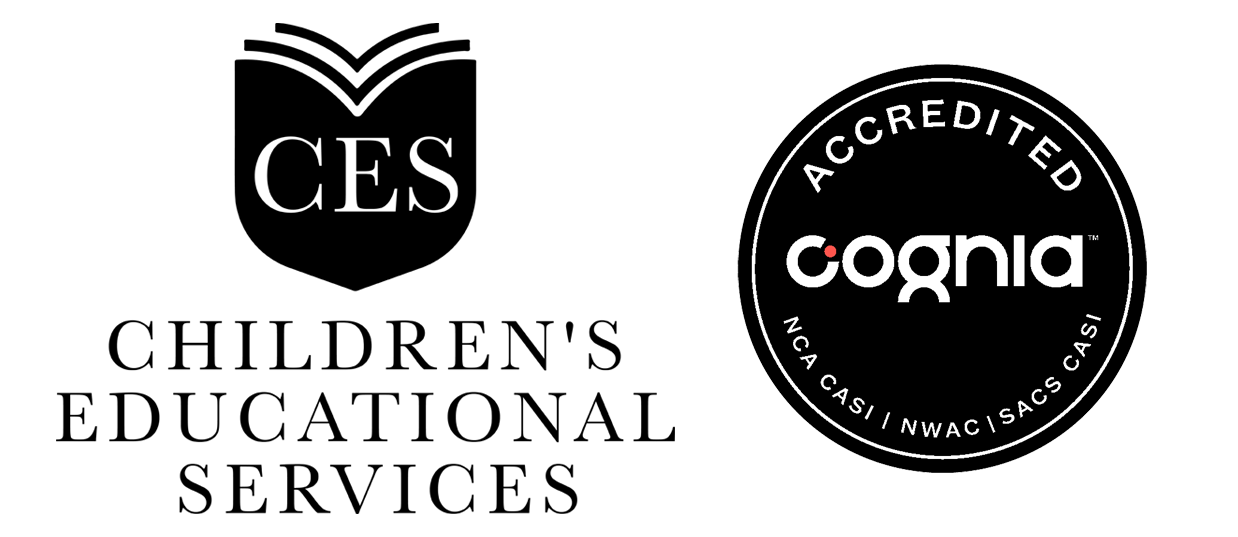Prepare your child to succeed in school with these fun math activities.
Recent studies have shown that a child’s math skills upon entering kindergarten can be a strong predictor of her future academic performance in both math and reading throughout the elementary grades. Math learning promotes working memory, improves attention, and increases other basic cognitive skills. But don’t head to the store to buy flash cards and worksheets, which can likely squelch your child’s natural interest in the subject. Instead, engage her in these playful activities to help her develop a strong foundation in understanding math.
Number Concepts
Counting is important because it helps children learn number sequence, but even before counting, children need to develop a basic understanding of numbers. Three important number concepts are one-to-one correspondence (each object is counted only once); cardinality (the last object counted is the total number of objects); and invariance (the number of objects doesn’t change if they are configured differently–for instance, spread out or placed in a circle). Here are some ways to help your child develop these basic number concepts.
Count objects in everyday contexts. Count the number of buttons on your child’s shirt as you button them, the number of oranges he helps you put in the grocery bag at the supermarket, the number of forks needed to set the table, or the number of stairs you go up to the front door. Start with small numbers (no more than five) and add a few as your child is ready for a challenge.
Put small objects in a row. Gather some coins and have your child count them. After she has counted them, rearrange them in a circle, in a row, or spread them out, and ask her again to count the objects. Don’t be surprised if she has to count them again. But if she automatically answers without counting, you’ll know he has mastered number invariance.
Find objects that go together. If your child is having difficulty with one-to-one correspondence, find objects that pair well, such as spoons and forks, cups and saucers, horse and cowboy figurines, and ask him to pair them together. As he does, have him count each set of objects to help reinforce the idea that each pair consists of the same number.
Play board games that involve counting. Simple games like Candy Land and Chutes and Ladders are great for helping kids recognize numbers on a dice and count moves. Other, more complex games involve two dice instead or one or doubling the number that comes up for each move. Play the card game War using a deck of cards; make it easy at the start by including only cards up to five, and then gradually make it more complex by having each player put out two cards. The highest sum of the two cards wins!
Geometry and Spatial Understanding
Children can develop a basic understanding of geometry and spatial relations by playing with blocks and other building toys. Encourage geometry-related skills with these ideas.
Identify shapes in your home. Play a simple game of finding basic shapes around the home, such as rectangles in light switches, squares in windowpanes, circles in clocks, and so forth. Ask your child to explain how she differentiates each shape by their defining features (for instance, a triangle has three connected sides) and non-defining features (such as the position or size of the triangle).
Talk about picture placement in a book. When reading a storybook, use spatial language to talk about the placement of pictures. Ask related questions such as “Where is the moon? Is it above the tree? Is it under the tree?” Or reference sizes by asking, “Is the hippopotamus bigger than the monkey? Which animal is bigger? Which animal is smaller?”
Make a map of your home. Practice more spatial language by helping your child make a map of his bedroom or the backyard. As he places and spaces out furniture, windows, and closets, or gardens, trees, and bushes, ask him questions about where they’re located and how close together they are.
Measurement
There are many forms of measurement to learn (length, height, weight, size, quantities) and many tools for measuring. Embed measuring concepts into everyday activities.
Measure while you cook or bake. Fill measuring cups with water or flour and measuring spoons with extract to introduce your kids to the concept of whole numbers and fractions. Ask questions such as “Can you fill a half cup? Can you fill one teaspoon?”
Guess weight at the supermarket. The next time you visit the grocery store, pull two different items from the shelves and ask your child which one is heavier: “Is it the can of soup or the box of crackers?” Children will learn how to understand the concepts of heaviness and lightness.
Compare feet sizes. Place your foot next to your child’s foot and ask her which is longer or bigger. Have a ruler or tape measure on hand to compare the sizes and help her differentiate between long and short, large and small.
Source: Parents


